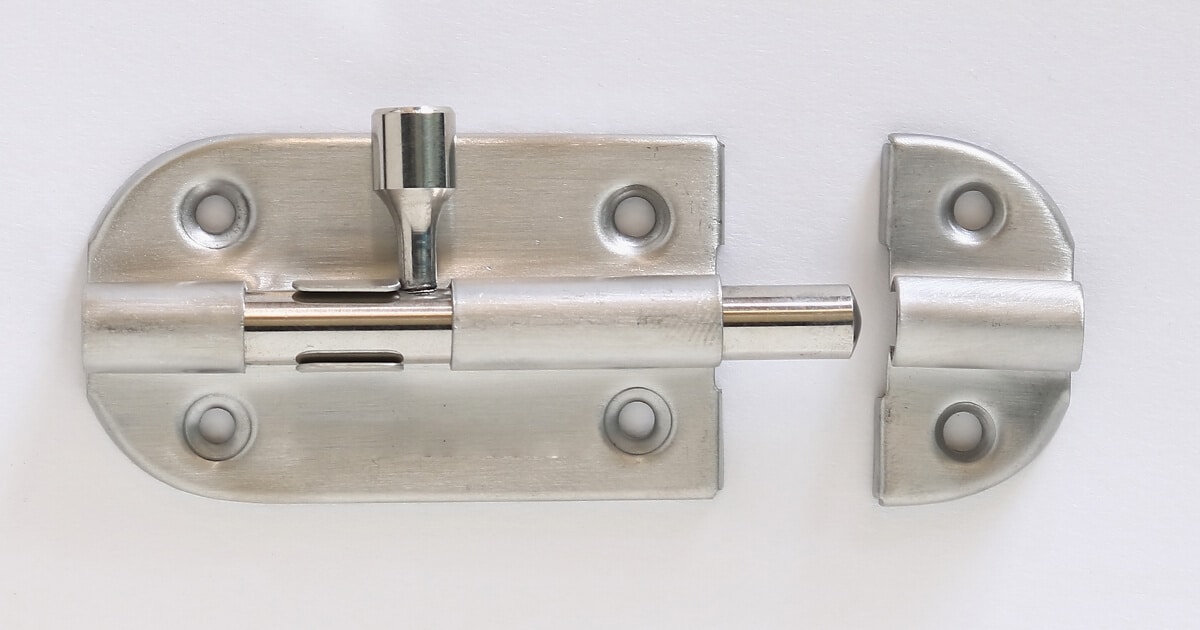When it comes to enhancing the security and functionality of your home, installing a latch lock hook can be a simple yet effective DIY project. A latch lock hook enhances safety, privacy, and ease of access. This article will guide you through the process of installing a latch lock hook, providing valuable insights, tools needed, and tips to ensure a successful installation.
What is a Latch Lock Hook?
A latch lock hook, often referred to as a hook latch or hook lock, is a locking mechanism that consists of a hook that secures a door, gate, or window in place. It operates by engaging the hook into a catch or slot, providing an added layer of security. They are commonly used on:
- Garden gates
- Interior doors
- Closets
- Shutters
These locks are popular due to their simplicity, ease of use, and effectiveness in securing various entry points around your home.
Why Install a Latch Lock Hook?
Choosing to install a latch lock hook can provide numerous benefits, including:
- Enhanced Security: A latch lock hook can deter unauthorized access to your property.
- Privacy: It ensures that private areas, such as bedrooms or offices, remain secure.
- Easy Access: The design allows for quick locking and unlocking, facilitating convenience.
- Cost-Effective: Latch lock hooks are relatively inexpensive and can be installed without professional help.
- Versatility: They can be used on various types of doors and gates.
Tools and Materials Needed
Before you start your installation, gather the following tools and materials:
- Tools:
- Screwdriver (flat and Phillips)
- Drill with drill bits
- Measuring tape
- Pencil or marker for marking
- Level
- Materials:
- Latch lock hook kit (includes hook, catch plate, and screws)
- Wood filler (if needed)
- Sandpaper (if needed)
Step-by-Step Guide to Installing a Latch Lock Hook
Follow these detailed steps to successfully install your latch lock hook:
1. Choose the Right Location
Determine where you want to install the latch lock hook. Consider the type of door or gate and how frequently you will be using it. Ideal locations include:
- For a garden gate, install it about 3 to 4 feet above the ground.
- On interior doors, place it at a height that is comfortable for the user.
2. Mark the Position

Using a pencil or marker, mark where the hook and the catch plate will go. Ensure that the marks are level and aligned to allow for smooth operation.
3. Pre-Drill Holes
Using a drill, pre-drill holes at the marked locations. This will make it easier to insert screws and prevent wood from splitting.
4. Install the Hook

Position the hook on the door or gate, aligning it with the pre-drilled holes. Secure it in place by driving screws through the holes provided in the latch kit. Use a level to ensure it is straight.
5. Attach the Catch Plate

Next, position the catch plate on the door frame or gate post where the hook will engage. Mark the position and pre-drill holes as you did for the hook. Secure the catch plate with screws.
6. Test the Operation
Before finishing, test the latch lock hook by closing the door or gate and engaging the hook into the catch plate. Ensure that it locks securely and opens smoothly. Make any necessary adjustments.
7. Finishing Touches

If you encounter any rough edges or holes from previous hardware, use wood filler and sandpaper to create a clean finish.
Common Mistakes to Avoid
While installing a latch lock hook may seem straightforward, there are common pitfalls to watch for:
- Incorrect Alignment: Make sure the hook and the catch plate are perfectly aligned to avoid operational issues.
- Using Inadequate Tools: Using the wrong type of screwdriver or drill can lead to poor installation.
- Neglecting the Level: Always check for level alignment to ensure proper function.
- Ignoring Security Measures: Ensure that the latch is suitable for the level of security you need.
Case Studies: Successful Implementations

Many homeowners have successfully enhanced their home security and functionality through the installation of latch lock hooks. For example:
- Family Home Security: The Johnson family installed latch locks on their garden gate after experiencing multiple security breaches. Within a month of installation, they reported no further issues.
- Interior Privacy: A local office transformed their workspace by adding latch locks to cabinet doors, providing employees with peace of mind regarding sensitive documents.
Installing a latch lock hook is a practical and rewarding DIY project that can significantly enhance security and privacy around your home. By following the steps outlined in this article and avoiding common mistakes, you can successfully complete the installation in a short amount of time. Remember to choose the right tools, carefully mark your placements, and ensure everything is aligned correctly for optimal function. With proper installation, a latch lock hook can serve your home for years to come, providing peace of mind and improved accessibility.
Whether you’re securing a garden gate or adding privacy to an interior door, this simple project can yield impressive results. So gather your materials, roll up your sleeves, and embark on this DIY journey to make your home a safer, more secure place!





